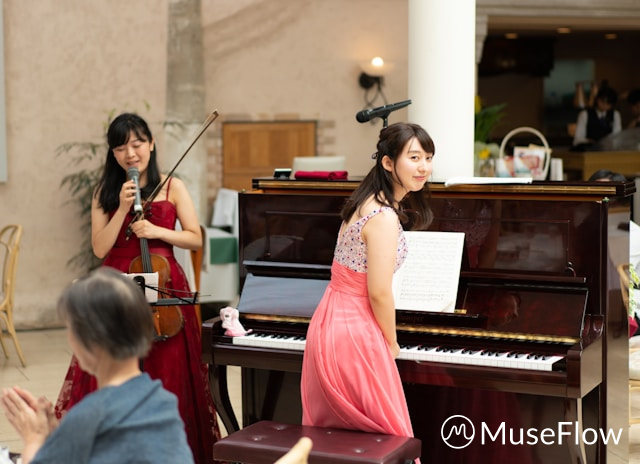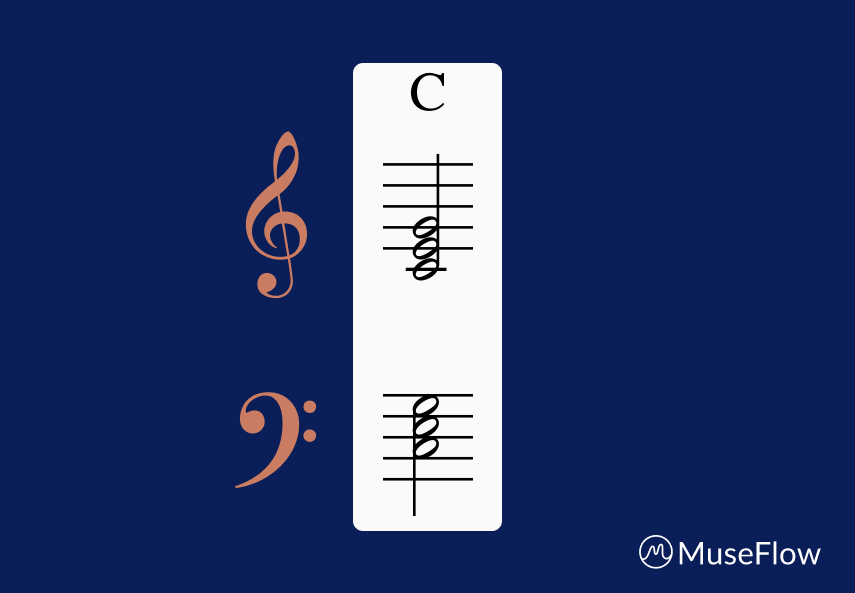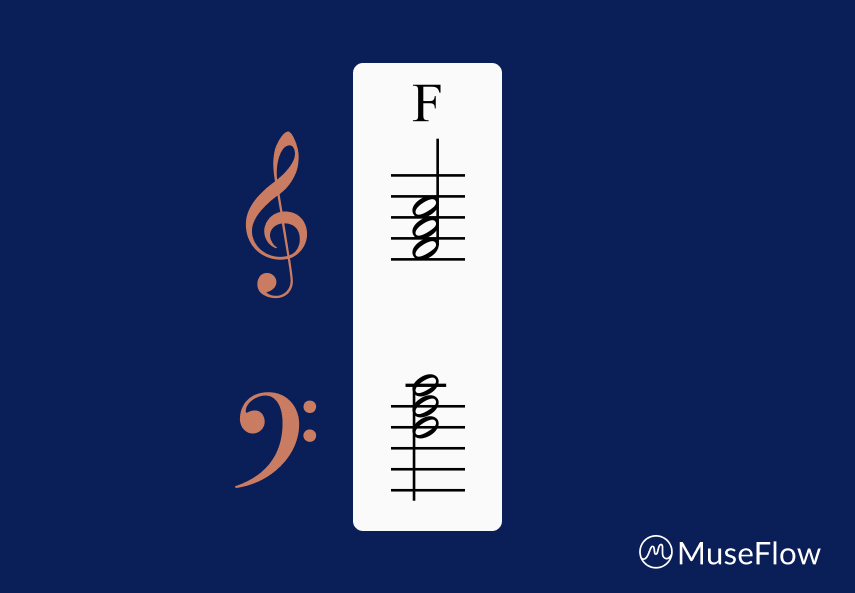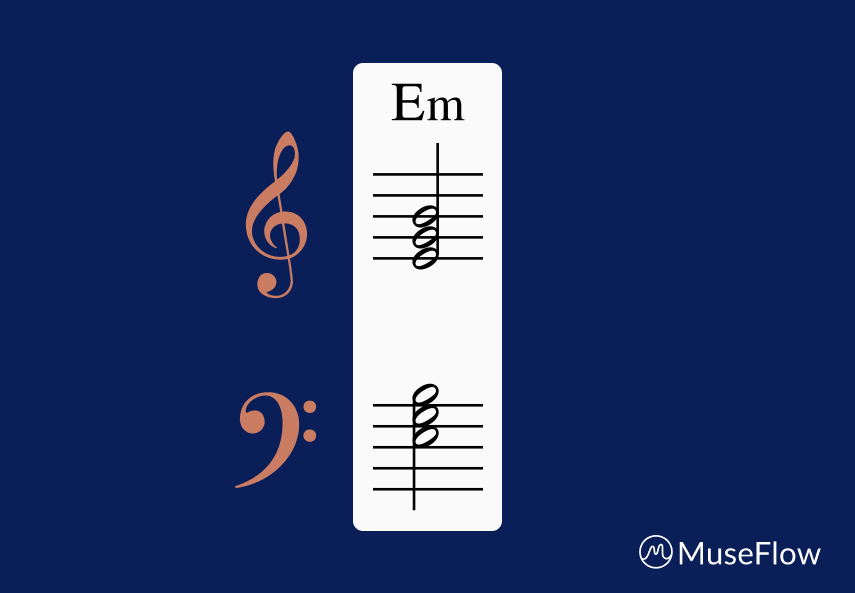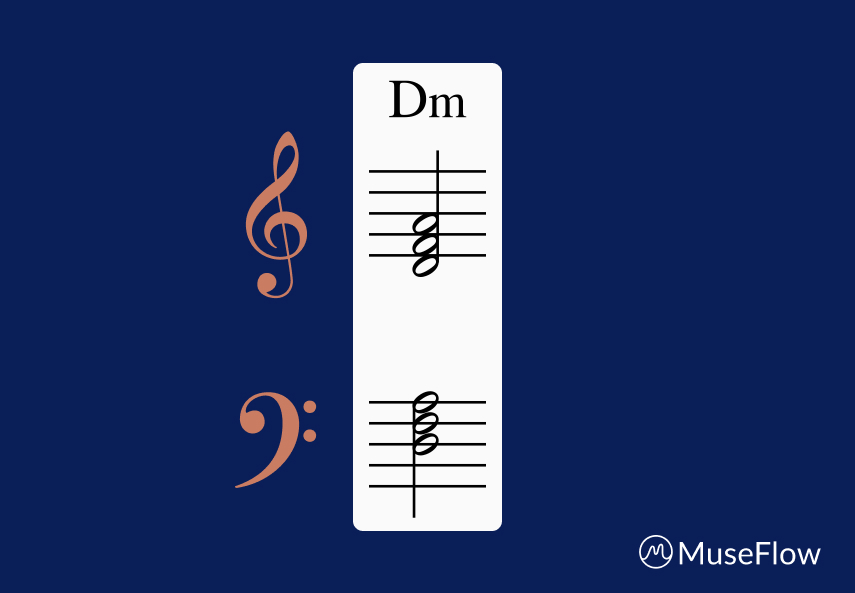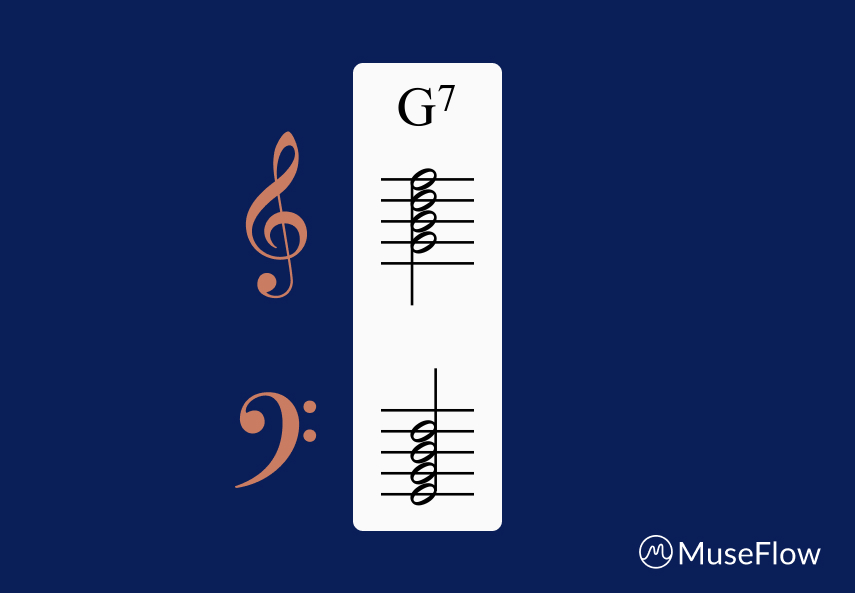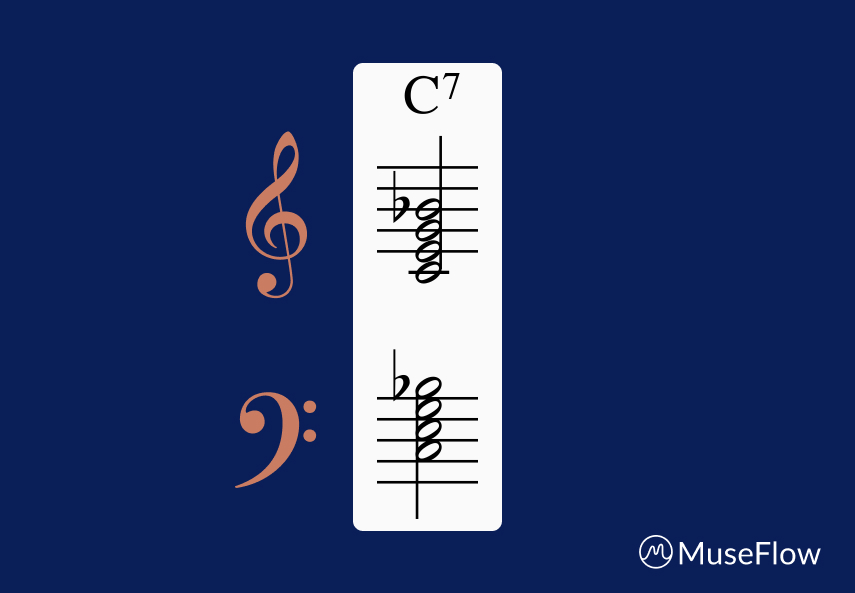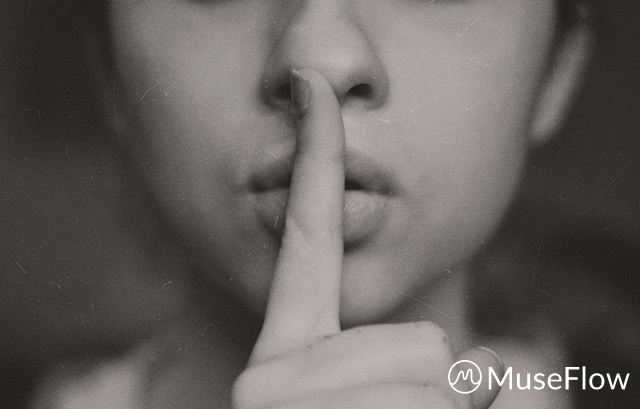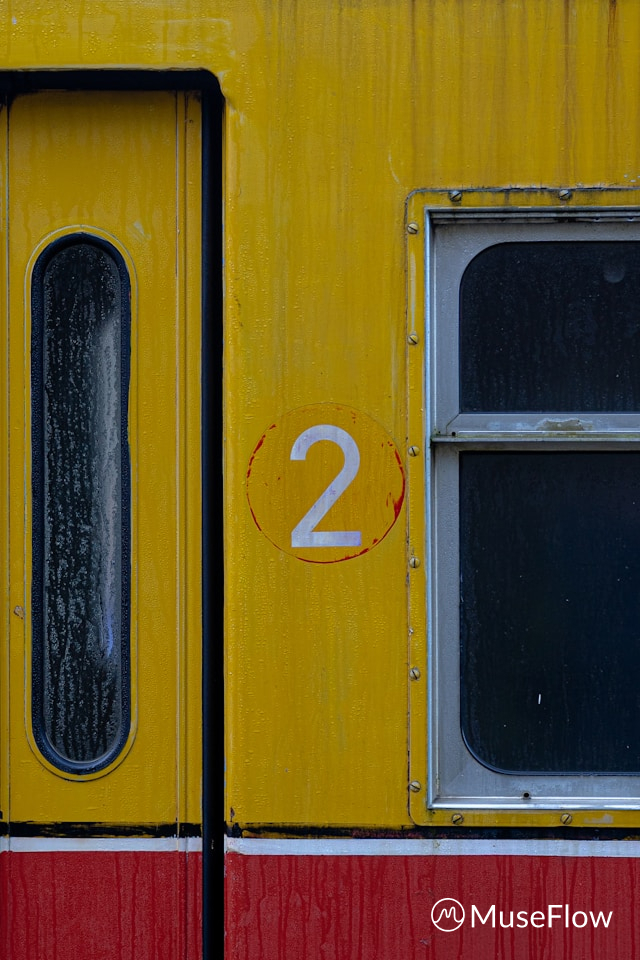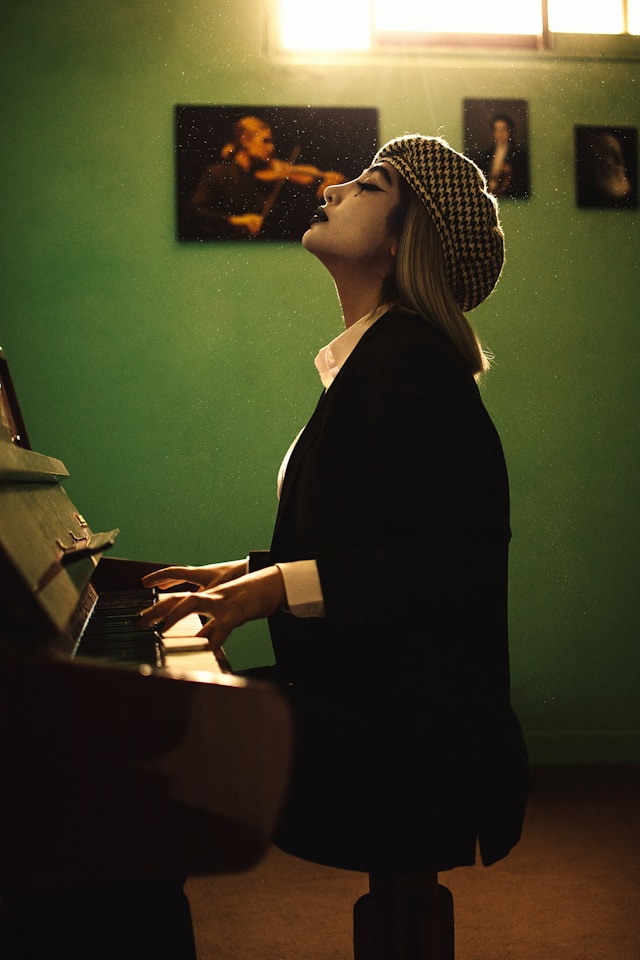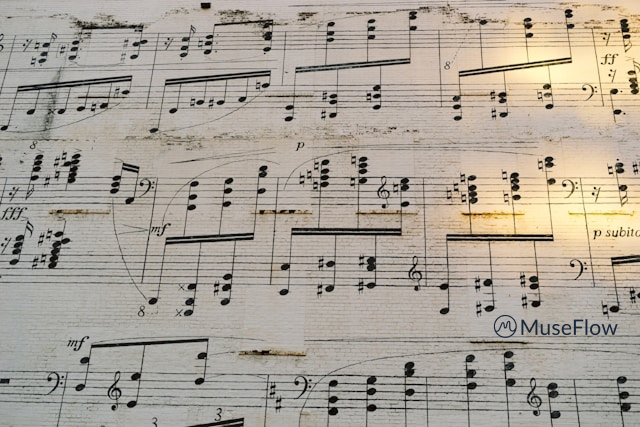The Floor-Ceiling Model of Skill Acquisition
Is your music practice building true fluency, or is it just training muscle memory?
When we think about how to get better at a musical instrument — or any skill-based activity — the natural strategy that comes to mind is repetition. Repeat, repeat, repeat, until you’ve finally mastered it.
This is the tried-and-true method, and is absolutely correct. As a matter of fact, that’s the whole definition of practice — “performing an activity repeatedly or regularly in order to improve or maintain one’s proficiency.”
But we need to be careful with how we approach our practice sessions. If you spend all of your time practicing specific pieces, you will eventually master those songs but you won’t necessarily have gotten better at playing music in general. Effectively, all you’ve done is train yourself to regurgitate an exact sequence of notes, without any variation. An impressive feat, to be sure, but it hasn’t increased your musical fluency at all.
Learning a musical instrument of course requires maintenance and repetition, but we have to be careful that we don’t practice old things so much that we forget to work on new things. If you only ever practice the same things, you never really grow or improve. It would be like attempting to become fluent in English by memorizing a Shakespeare monologue, and nothing else.

Practice vs. Learning
Brad Harrison, a composer and educator who runs an excellent music education YouTube channel, insightfully describes the difference between practice and learning. Practice is trying to get better at things you already basically know how to do. By contrast, learning is the acquisition of new knowledge or skills, and the process of becoming familiar with new material. For example, playing through a piece of music for the first time would fall under “learning,” but each repetition after that would fall under “practice.” Both steps are important, but they are focused on very different goals. Regardless of where you are in your music learning journey, it’s essential that you maintain a healthy balance between practice time and learning time.
By making a habit of learning new things, you’ll develop the meta-skill of learning how to learn. This will make you a better musician and will even help you play old repertoire better. You’ll realize that every new challenge is just a puzzle to be unlocked and understood, and you’ll have the confidence to tackle that puzzle.
If you only play the same songs over and over again, you won’t grow or improve. You’ll either get bored and quit, or you’ll get stuck when confronted with a new challenge because you only know how to do what you already know how to do. Even when you do finally master a new song, the satisfaction of learning it will eventually fade away and you’ll feel stuck again. True musical fluency is the ability to quickly learn and master whatever you want, without needing to practice it for weeks or months on end.
The Floor and Ceiling of Competency
This brings me to an idea that I’ve been formulating over the past several years of working with music students. I think that the way we normally think about the concept of one’s skill level in a certain field needs to be expanded.
Imagine that a person’s skill level can be visualized as a vertical range, with a floor and a ceiling. The ceiling represents the level of music that a person could play well, given an indefinite (but not infinite) amount of time to practice. This could be represented by the hardest piece you’ve ever performed at a recital or competition, for example.
Alternatively, the floor represents the level of music a person could play well (not necessarily perfect, but certainly passable) on the first time they ever see it. This activity is what we call sight reading — reading on sight without any prior preparation. This could be represented by the average piece that you could find sheet music for and play today, without much practice.

Any piece of music that’s below the floor of your skill level is well within your ability to play without any practice. Any piece of music that falls somewhere between your floor and your ceiling can be reasonably mastered through dedicated practice — the closer it is to your ceiling, the longer it will take. The amount of time it would take to learn a piece in this range roughly equates to the amount of time it would take to work your way from the floor up to the difficulty level of the piece in question.
Most people spend the majority of their practice time endeavoring to raise their ceiling, tackling ever harder and harder songs that take them weeks, months, or even years to learn properly. This seems like a fine endeavor, at first glance. Ideally, by raising the ceiling of one’s ability, the floor would also rise by the same amount.

Unfortunately, this isn’t what actually happens. A person’s “floor level” is much more difficult to raise than their “ceiling level”, and it doesn’t happen automatically just by practicing more ceiling-level material. As a result, most music students don’t spend nearly enough time working on raising their floor.
The result is that a person’s ceiling moves up at a much faster rate than their floor, creating a wider and wider gap between them. This means that as they start working on more challenging material, each new song they attempt to learn will take longer and longer to master. This happens to everyone — it’s perfectly natural!

Pretty soon, practice sessions have transformed from a fun learning opportunity into a constant source of frustration and stress that takes up all of their time. Students very quickly find themselves too far outside their comfort zone, without the necessary skills to learn increasingly advanced material in a natural, stress-free way.
This is because a musician’s floor level is actually a far more accurate barometer of overall musical competency than mastery of a song that has been meticulously practiced over and over again for months. In other words, a person’s floor level represents their degree of true musical fluency.

Music lessons often focus on the ceiling of someone’s playing ability, but all professional standards for working musicians place much greater emphasis on a minimum floor threshold of musicianship. It doesn’t matter how good you are after weeks or months of practice — it matters how good you are right now, at a moment’s notice.
So it’s important that you take some time to work on pushing your floor up, even though it might seem like the musical material you’re practicing is dropping way down in complexity as a result. It doesn’t mean you’ve gotten worse, it just means that you’re focusing on a part of your musicianship that you don’t normally focus on!

Achieving Musical Fluency
So how does one actually raise the floor of their skill level then? Here are some specific areas of focus that are most helpful in improving overall musical fluency.
- Sight ReadingSight reading is the cornerstone of elevating your floor. It’s the ability to play a piece of music on the first try, without prior practice. Dedicate time regularly to sight read different pieces, varying in styles and difficulty. This sharpens your adaptability, reinforcing the fundamental skill of playing music fluently from the very first encounter.
- Technique Exercises
Technique exercises might not be as glamorous as performing a complex piece, but they are the building blocks of musical proficiency. Focus on scales, arpeggios, and finger exercises. These not only enhance your technical skills but also contribute significantly to your floor level. A strong technical foundation ensures that you can handle a broader range of musical challenges. - Music Theory
Music theory is often neglected, but it serves as a compass in your musical journey. Understand the relationships between notes, chords, and progressions. It provides a roadmap, allowing you to navigate unfamiliar musical territories effortlessly. The more intimately you understand the language of music, the more confident and fluent you become. - Ear Training
Cultivate your ability to listen critically and reproduce what you hear. Ear training is fundamental to musical fluency as it enhances your capacity to recognize tones, intervals, and harmonies. Start with simple exercises like identifying intervals and progress to more complex tasks. This skill not only raises your floor level but also opens doors to improvisation and playing by ear. - Diversity of Repertoire
Instead of getting stuck in the loop of practicing the same songs repeatedly, diversify your repertoire. Explore different genres, time periods, and difficulty levels. The more varied your musical vocabulary, the more adaptable you become. This approach aligns with the idea that every new challenge is a puzzle to unlock and understand.
These five areas are what I call the fundamental “food groups” of musicianship. I’ll be going into more depth about each of these in future posts.
Building a well-rounded practice routine is important, and methods with which to do so are well-documented. That being said, it is much harder to be intentional about raising one’s floor level than you might expect.
MuseFlow: Raising the Floor
At MuseFlow, we’re building solutions to this very problem. The app guides users through a continuous sequence of sight reading exercises, increasing complexity by one skill at a time. By constantly playing new material that they’ve never seen before, MuseFlow users have a unique opportunity to hone their ability to read and play music fluently.
In this way, our curriculum ensures a balanced approach between practice and learning. It guides you through a variety of musical challenges, preventing you from getting stuck repeating the same pieces over and over again. This diversity cultivates a well-rounded skill set, and raises the overall floor of your musical ability.
While our main focus is currently on sight reading training, we have lots of exciting new features coming later this year, including technique, music theory, and ear training exercises, as well as a repertoire library and practice assistant. Stay tuned for more updates about all that and more, coming soon!
If you’re looking for a practice tool to help you improve your musical skills, and haven’t been able to find a system that truly delivers the results you’re looking for, consider trying out MuseFlow. Just head on over to https://museflow.ai to sign up for our web app and start your 2-week free trial today.
It’s time to break free from the frustrations of repetitive practice and finally achieve the level of musical fluency you’ve been striving for. Happy playing!
.svg)
